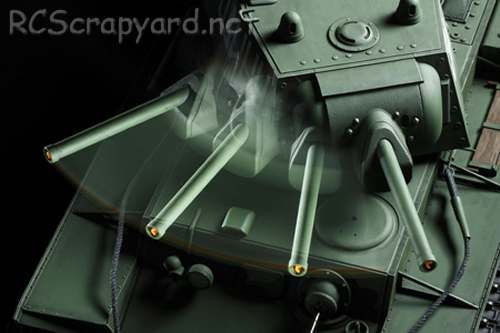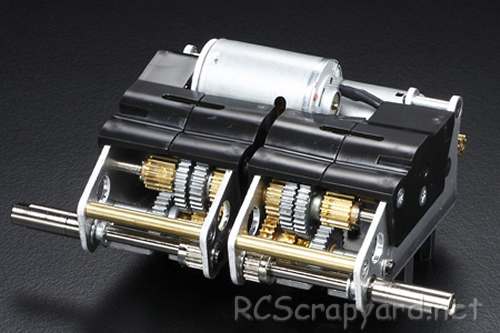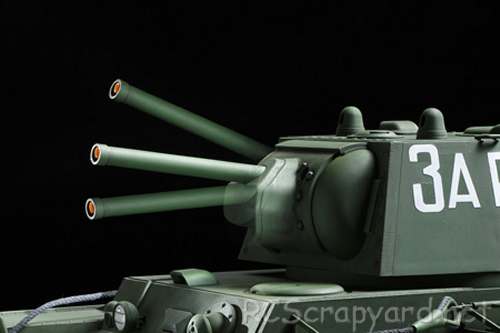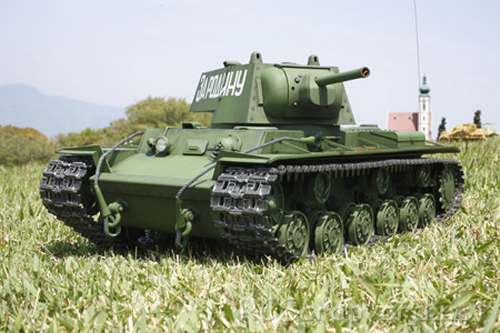

|
|
|


|
Tamiya Russian Heavy Tank KV-1 - Full Option Kit - 56028 (Radio Controlled Model Review)1/16 Scale Electric Tank -
Released by Tamiya on April 1, 2009, the Russian Heavy Tank KV-1 (#56028) is the Full Option Kit version, requiring a battery, charger, 4-channel radio system, paint and glue to complete.
▼ Scroll Down for More Images ▼
Rating: 4
|








|
|
|

|




|
Hints, Tips and Information
How to avoid Radio Interference
1/ The first consideration when installing your Receiver into your Electrically Powered Model is to make sure it is well away from the Negative Battery terminal, and the Motor. The Magnetic field can cause stuttering type interference at times of high current draw (i.e., Fast Acceleration) |









|






|
|
|
|
Hints, Tips and Information
Servos for RC Models
Servos are found on all kinds of Radio Controlled Models. RC Touring Cars, Buggys, Trucks, Truggys, Monster Trucks, Rock Crawlers, Airplanes, Helicopters, Boats and Ships for Steering, Throttle Control, Rudder Operation and Wing Flaps. |
|
Hints, Tips and Information
The Importance of Balancing your Model Car Wheels
The day I passed my driving test at the young age of 17, the first thing I did was to drive over to my girlfriends house and take her out to a long straight stretch of road close by, where the boy racers would often congregate. No one was around that day, so the road was relatively quiet. I slowly went through the gears and we were soon up to 65 with no problems, but as we got closer to 70, my hands began to sense a small vibration on the steering wheel. By the time we hit 75, the steering wheel and the whole car was vibrating wildly. My girlfriend was hysterical, screaming for me to "slow down!" I did of course and tried to calm her down. How I Balanced my Model Car Wheels
Wheel balancing equipment for RC cars is now available on line and from most RC model shops, but back then I had to make my own using the rear end of an old Tamiya F1 car. |
|
RC Models:
|
Radio & Motors: |
Other
Accessories: |